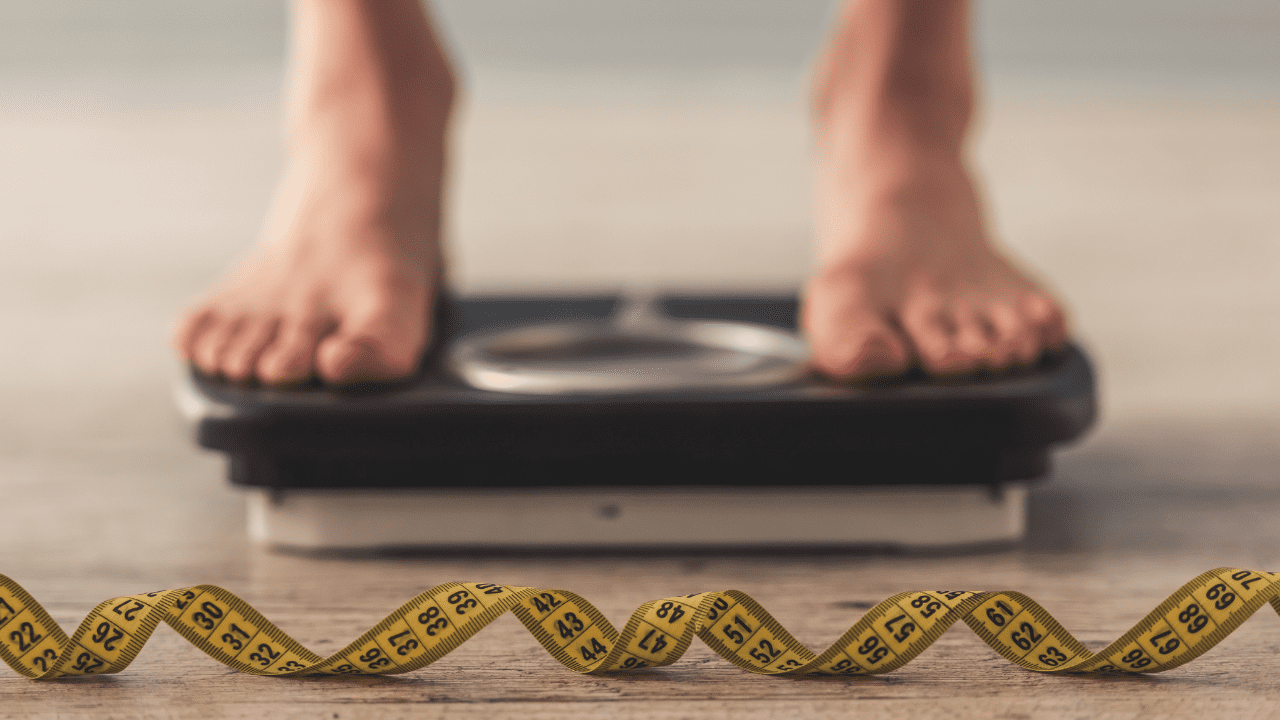A common question in the health and fitness community is what is the best and most efficient way to lose weight? Many YouTube videos, advertisements, and argumentative comments on internet forums have covered this topic. So, what is it? What’s the best way to achieve your weight management goals? Well, as is typically the case, it depends. The bottom line is that in order to lose weight your caloric expenditure must be greater than your caloric intake. In other words, you must “burn” more calories than you eat. But how are calories burned? Well, that’s where things get a little more complicated.
First, allow me to break down the way you burn calories into two broad camps. These are resting metabolic rate (RMR) and active calories. Metabolic expenditure is the energy your body needs to digest, regulate temperature, breathe, and perform other processes that keep you in a state of homeostasis, or balance. Your RMR is where most of your energy (calories) go throughout the day, meaning doing “nothing” is quite high in caloric expenditure. Who knew? This is why people always talk about how they have a “fast” or “slow” metabolism. Having a fast metabolism translates into having a higher RMR and vis versa for a slow metabolism. In other words, you need more energy to maintain homeostasis.
So, what determines your resting metabolic rate? A number of things, including age, BMI (body mass index), and sex. In terms of age, younger individuals have a higher RMR compared to older adults who have a lower RMR. For sex, men typically have a higher RMR than women, but there are of course exceptions. Finally, individuals with a higher BMI tend to have a lower RMR as compared to people with a lower BMI. However, there are a couple more things to consider when evaluating body composition and RMR, and this is where some of the controversy on the topic originates. First, let’s define BMI: it is weight (in kilograms) divided by height (in meters) squared. So really, it’s a ratio of height to weight. This measurement works fairly well to determine how healthy an individual is regarding body composition, but it fails to recognize the fact that muscle is denser than fat. This leads to some confusion for individuals who have a particularly high muscle mass as it will give them a disproportionally high BMI score. That aside, BMI is still a useful measurement tool. Now, the controversy around RMR comes from muscle mass. There are two camps on the issue; some say increasing muscle mass will heighten your RMR and others disagree. Research on the subject is largely in support of increased muscle mass raising RMR, but there is not a clear consensus on just how much. Basically, you should strive to stay active and include some resistance training to help raise your RMR.
Now that we’ve covered RMR, let’s talk about active energy expenditure, the exercise component of weight loss. Not all forms of exercise are equal in this regard, so what works best? Well, as we just learned, it’s all about calories. Exercising at higher intensities can help you expend more calories in a smaller amount of time. This is why high intensity interval training (HIIT) has become so popular lately, it allows you to burn a larger amount of energy in a smaller amount of time. But that’s not the only benefit of HIIT. You may continue to burn calories after your training session through an effect known as Excess Post-Exercise Oxygen Consumption (EPOC). EPOC occurs when your body needs more oxygen than is available when you start exercising. When this happens, your body goes into an oxygen “debt” that it repays at the end of your training session by keeping its respiratory rate elevated. So, after you are done exercising, your body will continue to process larger than normal amounts of oxygen. This raises your metabolic rate for that period of time which increases the amount of energy you use. The popular name for EPOC is the “afterburn” effect, and unfortunately there is a lot of misinformation out there on this topic. First of all, EPOC is not going to single-handedly help you shed pounds. It is a subtle effect that can be layered with other techniques and exercises to aid you in your journey. Still, EPOC is a useful tool for managing your weight, and HIIT has been shown to be one of the most effective ways to utilize it.
At the end of the day, despite any advantages or disadvantages in calorie burning capacity, it is important to choose a type of exercise that you enjoy. As I am sure you know, it can be difficult to stick with a fitness routine, so it is important to find something you genuinely love to do. If you haven’t found that special activity yet, keep exploring! There are a lot of different modalities out there and chances are you will find something that really speaks to you. And that is the best way to lose weight; have fun doing it.
